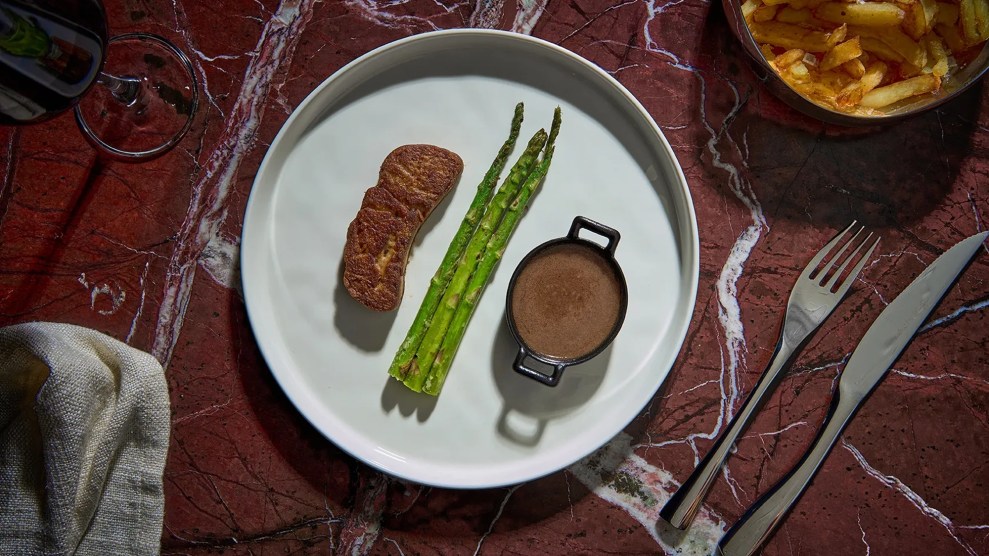Wikimedia Commons
Round 1: How about refrigerators and air conditioners using 30% less energy and producing no ozone-depleting chemicals or greenhouse gases? Well, scientists are a step closer to making magnetic systems that could reduce summer energy use in the US by 50%.
Here’s the recipe: Apply a magnetic field to a magnetic material like a metallic alloy to heat it. Remove the excess heat by water and cool the material down to its original temperature. Remove the magnetic field to cool the material further. Harness this cooling for stuff like fridges and air conditioners.
How close are we? The technology is possible in the lab. Researchers are looking for improved materials to provide highly efficient cooling at room temps that can be used over and over again. A new study in Advanced Materials suggests the pattern of crystals inside different alloys affects how well they perform as magnetic fridges.
Translation: It’s all in the microstructure. Or: Don’t hold your breath—but expect cool stuff in the future.
Round 2: How have postnuclear plants survived in Chernobyl? The answer: Strangely but effectively, reports Science Now. Researchers planted soybeans inside the 19-mile restricted zone just 3 miles from the remains of the mangled power plant. They also planted soybeans 60 miles from the plant where cesium-137 levels are much lower—then harvested all the mature beans and analyzed their proteins.
The radiation-zone beans looked weird. They weighed half as much and took up water more slowly. On a molecular level they got even stranger—with three times more of a protein that protects plants by binding heavy metals and 32% more of a compound known to reduce chromosomal abnormalities in irradiated human blood. There were also either more or less seed-storage proteins to help germinate the contaminated seeds.
Timothy Mousseau, biologist at the U of South Carolina Columbia who studies Chernobyl-area wildlife, says the research is novel and addresses an important societal question, given the interest in developing nuclear energy worldwide. If we understand how plants respond to radiation we could engineer crops to withstand—or even sequester—nuclear contamination.
Lovely thought.
Round 3: Just in case you thought there was much of any interest in endangered species (that is, unless they’re black-and-white and big and round and eat bamboo), think again. Today is Endangered Species Day. Woo-hoo.
What’s on the menu? Mostly a ploy to get people to visit those mostly sad places known as zoos and marine parks. Or so it seems to me.
What would be better? How about a national holiday to commemorate the 1 in 4 mammal species, 1 in 8 birds, 1 in 3 amphibians, 1 in 3 conifers… you get the idea… struggling to survive and—by the way—that provide the ecosystem services that keep us alive? How about a bank holiday for all of us to go outside and think about that?











